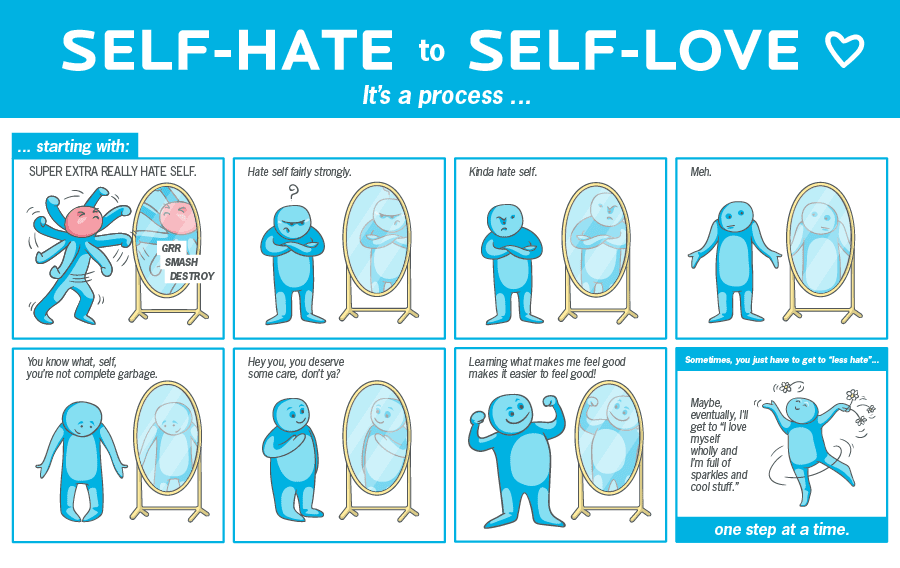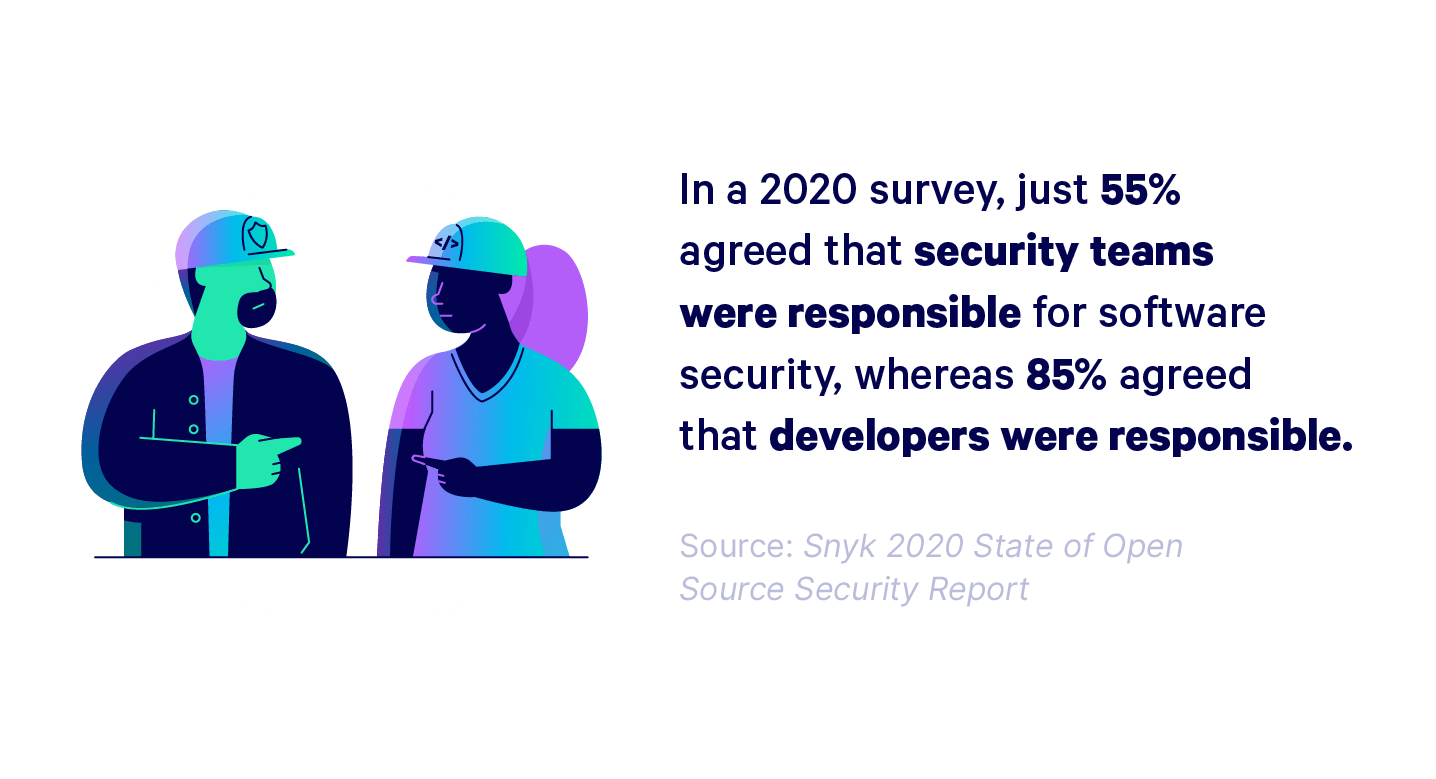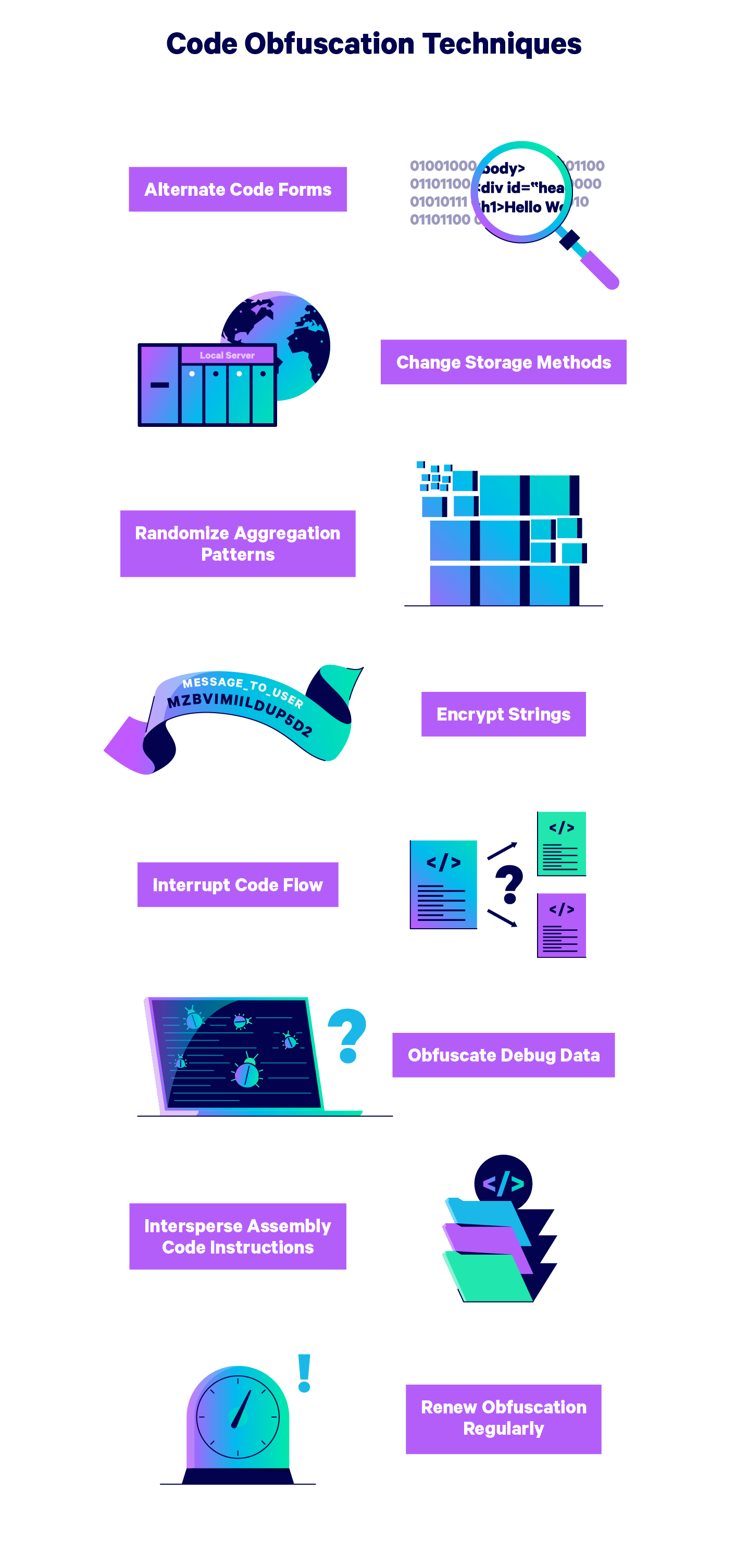Retirement may feel like a distant concern, especially when you’re focused on building your career or managing daily expenses. But without a proper plan, the future can become financially uncertain—particularly in India, where most private-sector employees lack pension coverage and government-backed social security is limited.
Rising healthcare costs, inflation, and longer life expectancy make it critical to secure your post-retirement years through disciplined saving and smart investments. Retirement planning isn’t just about saving money—it’s about ensuring independence, comfort, and peace of mind in your later years.
This article explores the key benefits of retirement planning, particularly for Indian earners across all income levels.
What Is Retirement Planning?
Retirement planning is the process of setting financial goals, saving, and investing to ensure a steady flow of income post-retirement. It involves estimating your future expenses, choosing the right investment tools, and accounting for inflation, healthcare, and lifestyle needs.
A solid plan ensures that you don’t outlive your savings and can maintain financial independence in your golden years.
Why Is Retirement Planning Crucial in India?
Unlike some developed countries, India doesn’t offer universal social security. While government employees have pensions and Provident Funds, the private sector lacks such extensive support. Rising healthcare costs, increased life expectancy, and the nuclear family structure further stress the need for retirement planning.
That’s where understanding the benefits of retirement planning becomes essential.
Top 10 Benefits of Retirement Planning
1. Financial Independence After Retirement
One of the most significant benefits of retirement planning is ensuring financial independence. With proper planning, you won’t have to rely on children or relatives to support you in old age.
Key Tip: Start saving at least 10–15% of your monthly income in a structured investment product like EPF, NPS, or mutual funds.
2. Power of Compounding
When you begin early, your savings have more time to grow through the power of compounding. Even small contributions can turn into substantial wealth over time.
Example: ₹5,000 invested monthly at 10% annual return for 30 years = ₹1.13 crore.
3. Beating Inflation
Inflation erodes the value of money over time. What costs ₹50,000 a month today might cost ₹2 lakh per month 30 years later. A proper retirement plan includes inflation-adjusted savings goals and helps maintain your purchasing power.
4. Covers Healthcare and Emergency Costs
Medical expenses increase as you age. Health insurance alone may not be enough. A retirement corpus provides a cushion to handle hospitalizations, surgeries, or long-term care.
Bullet Benefits:
- No dependence on credit or loans
- Peace of mind during medical emergencies
- Provision for long-term treatments
5. Enables Early Retirement Goals
If you dream of retiring at 50 instead of 60, retirement planning makes it possible. With disciplined savings and investing, you can accumulate enough wealth to take early retirement and pursue your passions.
6. Tax Savings and Efficient Investment Choices
Several retirement plan services offer tax benefits under Sections 80C, 80CCD, and 80D. Investments in NPS, PPF, and pension plans not only build your corpus but also reduce your tax liability.
Tax-Saving Instruments:
- NPS: Deduction up to ₹2 lakh (80C + 80CCD(1B))
- PPF: Tax-free maturity under Section 10(11)
- Senior Citizens Savings Scheme (SCSS): Safe investment with tax benefits
7. Access to Diversified Investment Options
With time on your side, you can explore a mix of high-risk and low-risk investments. Early retirement planning allows you to include:
- Equity mutual funds (for growth)
- Debt funds and PPF (for safety)
- Retirement-focused ULIPs
- Annuity plans for regular income
8. Customized Planning for Private Sector Employees
Private sector employees don’t enjoy post-retirement pensions like government workers. A retirement plan helps:
- Replace your salary with passive income
- Choose investment avenues aligned with your risk profile
- Ensure consistent monthly payouts post-retirement
9. Reduced Burden on Family
Another underrated benefit of retirement planning is reduced stress on your loved ones. By ensuring you’re financially secure, you won’t need to depend on children for your day-to-day needs or emergencies.
10. Helps You Build a Legacy
Once your retirement needs are taken care of, your surplus wealth can be passed on to your children or donated to a cause. Estate and will planning can be integrated into your retirement plan to ensure a smooth wealth transition.
Psychological and Lifestyle Benefits of Retirement Planning
While the financial side of retirement planning is crucial, its emotional and lifestyle benefits are equally valuable. A well-structured retirement plan not only secures your future but also enhances your overall quality of life.
Planning early helps reduce the constant worry about “what happens next?”—a concern that intensifies as one nears retirement. When you’re financially prepared, you’re mentally at ease, and this peace of mind directly impacts your physical and emotional well-being.
Here are some often-overlooked lifestyle and psychological advantages:
- Reduced Mental Stress: Knowing you have a financial cushion allows you to face retirement with confidence, minimizing anxiety related to money or medical emergencies.
- Better Relationships: Financial readiness reduces the chances of dependency-related stress between spouses, children, and extended family. It encourages honest discussions and shared goals within the family.
- Clearer Life Goals: Retirement planning encourages you to think beyond work—what passions or hobbies do you want to pursue? What dreams have you delayed?
- Flexible Living Choices: Whether it’s relocating to a quieter town, downsizing, or travelling during off-seasons, a healthy corpus lets you make lifestyle decisions on your own terms.
- Sense of Purpose: A well-funded retirement allows you to engage in purposeful activities like volunteering, mentoring, or community work—bringing a renewed sense of fulfillment.
In essence, the benefits of retirement planning stretch beyond money management. They create a foundation for a balanced, satisfying life—free from daily financial worries and rich in opportunity for growth, connection, and contentment. As you plan for your golden years, remember: peace of mind is just as important as wealth.
How to Choose the Right Retirement Plan in India
Picking the right plan depends on your age, risk appetite, income, and long-term goals. Here are some guiding steps:
➤ Know Your Future Needs
Estimate monthly expenses post-retirement, healthcare costs, lifestyle choices, and inflation.
➤ Define the Retirement Age
Your investment horizon matters. The earlier you start, the smaller your monthly investment needs to be.
➤ Identify Income Sources
Pensions, rental income, dividends, or annuities—know what inflows you’ll have.
➤ Choose the Right Instruments
Use a mix of equity, debt, and government schemes for balance and stability.
➤ Seek Professional Guidance
Reputable retirement plan services can help create a custom roadmap aligned with your goals.
Popular Retirement Planning Instruments in India
| Investment Option | Risk | Returns | Tax Benefit |
| NPS | Moderate | 8–10% | Yes |
| EPF | Low | ~8% | Yes |
| PPF | Low | ~7.1% | Yes |
| Mutual Funds (SIP) | High | 10–12% | No |
| SCSS | Low | 8.2% | Yes |
| Annuity Plans | Low | 5–6% | Yes |
Why Use Retirement Plan Services?
Retirement plan services can:
- Help assess your risk profile
- Create personalized savings strategies
- Provide tax-optimized investment options
- Monitor your portfolio and suggest changes
- Keep your plan aligned with life changes
When Should You Start Retirement Planning?
The best time? As soon as you start earning.
- If you’re in your 20s: Start small, but start now.
- If you’re in your 30s or 40s: It’s not too late—opt for aggressive investing.
- If you’re nearing retirement: Focus on safety, stability, and annuity-based income.
Mistakes to Avoid in Retirement Planning
- Delaying the start
- Underestimating inflation
- Ignoring healthcare expenses
- Putting all money in one investment
- Not reviewing your portfolio periodically
Summary: Securing Your Golden Years
Understanding the benefits of retirement planning can transform the way you manage your financial future. From gaining financial independence to building a legacy, the advantages are multifold.
Given India’s rising cost of living, changing family structures, and limited social security, being prepared is not just wise—it’s essential.
Start your retirement journey today with the right plan, strategic investments, and professional advice. Because the sooner you start, the stronger your financial future becomes.
FAQs: Benefits of Retirement Planning
Q1. What are the key benefits of retirement planning?
Ans: The key benefits of retirement planning include financial security, beating inflation, tax savings, medical coverage, and ensuring a stress-free life after retirement.
Q2. What retirement plan services are available in India?
Ans: Retirement plan services include personalized retirement advisory, NPS investment help, mutual fund SIP planning, annuity planning, insurance selection, and tax-saving strategies.
Q3. Is it too late to start planning at 40?
Ans: Not at all. While earlier is better, starting at 40 gives you enough time to build a solid retirement fund with focused investments.
Q4. How much money do I need for retirement in India?
Ans: Ideally, you should have a corpus equal to 25–30 times your annual expenses at the time of retirement.
Q5. Are retirement planning services worth it?
Ans: Yes, they help optimize your savings, reduce tax liabilities, and ensure you reach your retirement goals without unnecessary risk.





















